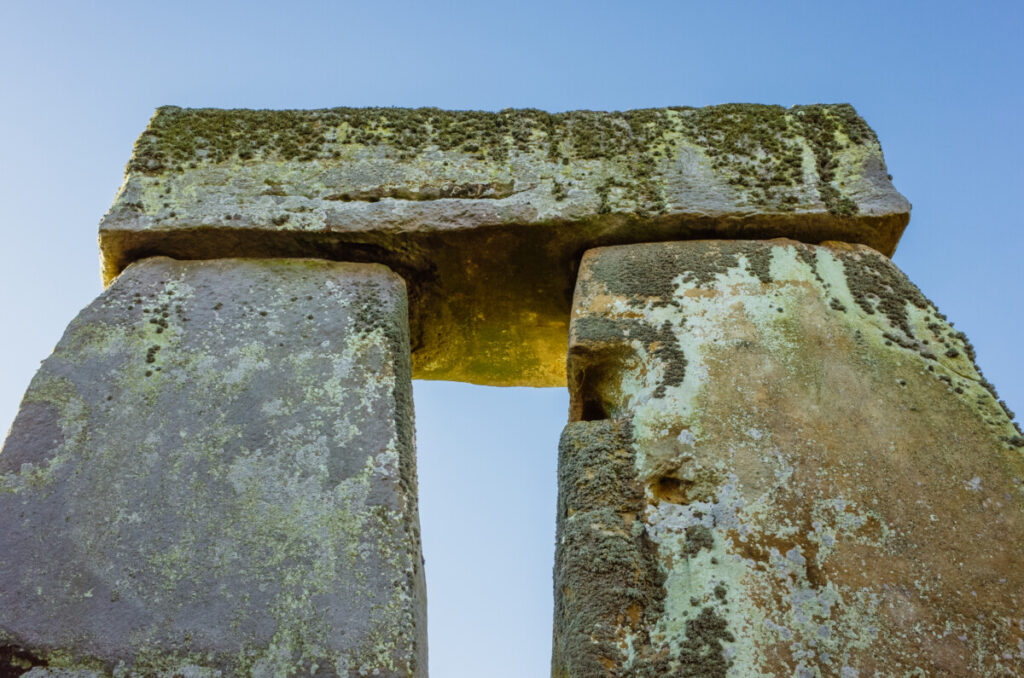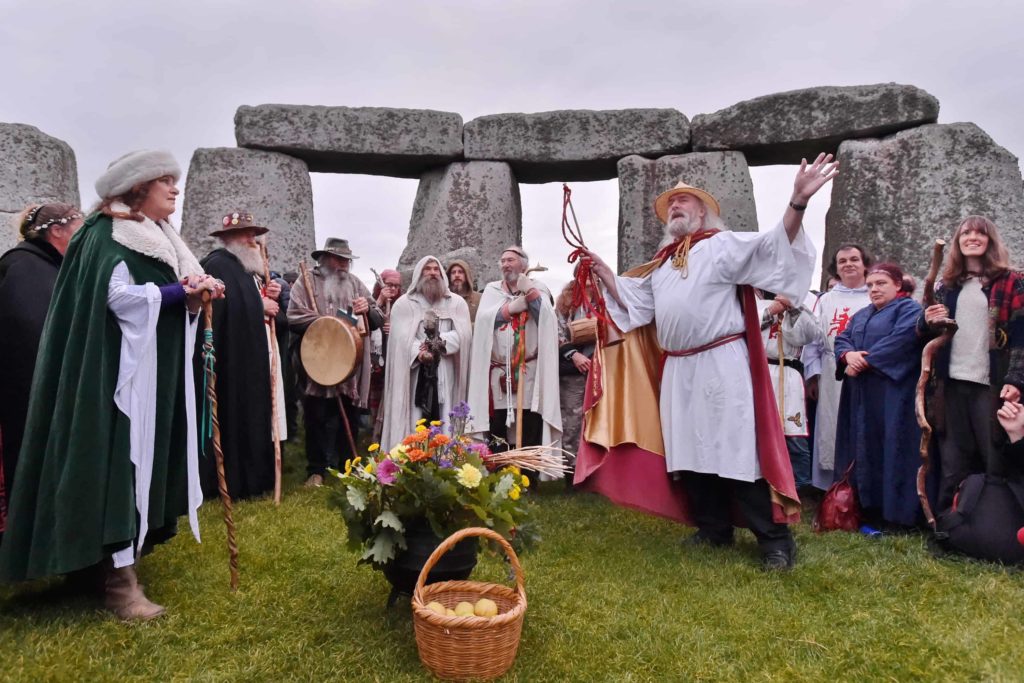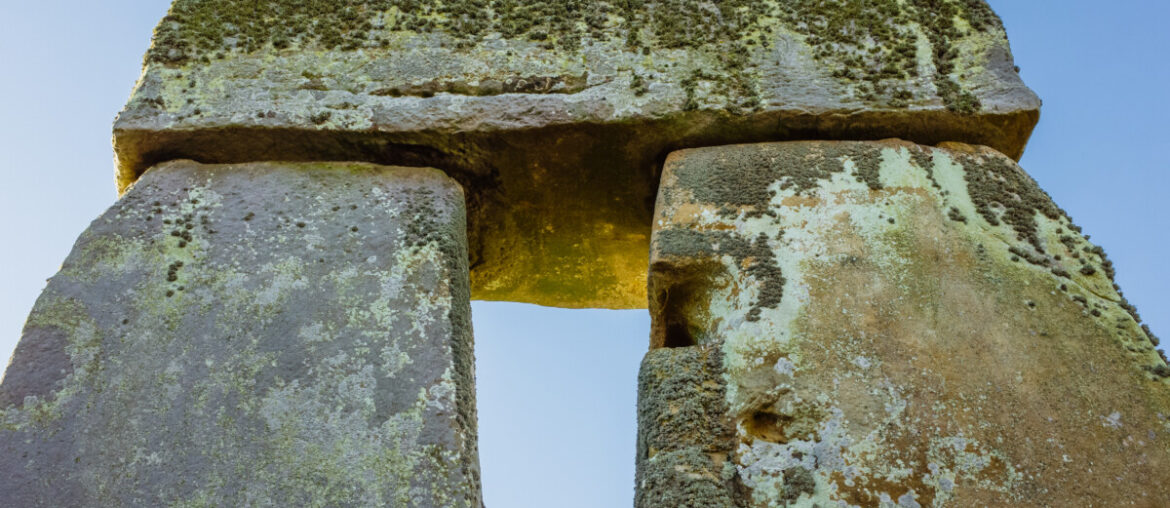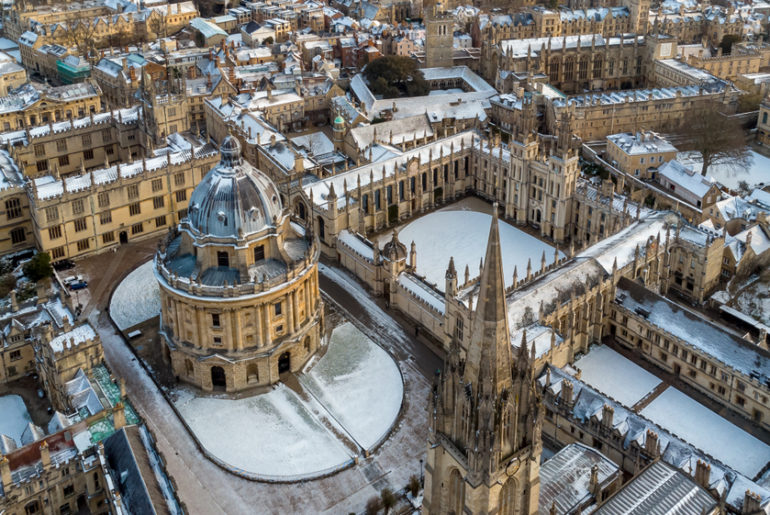Standing in stoic grandeur amidst the rolling hills of Wiltshire, Stonehenge has long been an enigmatic puzzle that has fascinated archaeologists, historians, and the curious alike.
While many still are intrigued by its purpose and astronomical significance, one of the most enduring mysteries surrounding this ancient monument is the question of who built it. Who built Stonehenge, really?
Over the centuries, as you can imagine, countless theories have emerged, each offering a different perspective on the brave people behind the construction of Stonehenge. Before you visit, let’s break down the hypotheses on who built Stonehenge amongst:
- Ancient Britons
- Druids
- Alien influence
- An advanced lost civilisation
- Slave labour or skilled workforce
- Gradual evolution
- Ritualistic and spiritual communities
Learn more about the most fascinating site below!

Ancient Britons
One of the most widely accepted theories suggests that the builders of Stonehenge were the indigenous people of ancient Britain, commonly referred to as the “Ancient Britons” or “Britons.”
These early inhabitants of the British Isles are believed to have constructed the monument over centuries, starting around 3100 BCE. The exact techniques they used to transport and position the massive stones, particularly the iconic sarsen stones and the smaller bluestones, remain topics of debate.
Druids
The association between Stonehenge and the Druids is one of the most enduring and romanticised theories. However, it’s important to note that little historical evidence supports this claim. The Druids, a Celtic priestly class, are believed to have existed in Britain during the Iron Age, long after Stonehenge’s construction.
Despite the lack of direct evidence, the idea of Druids being responsible for Stonehenge’s creation has persisted, adding an element of mysticism and intrigue to the monument’s history.

Alien influence
For those inclined toward more unconventional explanations, the “ancient astronauts” theory posits that extraterrestrial beings contributed to the construction of Stonehenge.
Proponents of this theory suggest that advanced aliens provided the knowledge and technology needed to move the massive stones, citing the monument’s precise astronomical alignments as evidence of otherworldly involvement. However, this theory lacks credible scientific support and is generally considered speculative.
An advanced lost civilisation
Some theories propose that a now-lost civilisation with advanced engineering knowledge built Stonehenge. Proponents argue that this civilisation could have possessed techniques and tools that are now lost to history.
While intriguing, this theory needs more concrete archaeological evidence, making it a matter of speculation rather than fact.
Slave labour or skilled workforce
The practical aspects of building Stonehenge have led some researchers to suggest that it was constructed by a skilled workforce or, perhaps, through forced labour. Whether free or enslaved, these workers had to employ innovative techniques to transport and erect the massive stones.
Recent archaeological discoveries, such as evidence of a nearby settlement and tool marks on some of the stones, support the idea of a skilled labour force rather than a slave-driven effort.
Gradual evolution
Another theory posits that Stonehenge was built gradually, with each generation adding to or modifying the monument. This theory suggests that the purpose and significance of Stonehenge evolved, reflecting changing beliefs and cultural practices. While it doesn’t pinpoint a specific group or period, it highlights the monument’s adaptability and ongoing relevance.
Ritualistic and spiritual communities
Some theories propose that Stonehenge was constructed by a community with strong spiritual or religious beliefs. These builders may have seen Stonehenge as a sacred site for conducting rituals, ceremonies, or astronomical observations.
The monument’s alignment with celestial events, such as solstices, lends credibility to the idea of a religious or ceremonial purpose.

In the end, the true identity of Stonehenge’s builders remains a compelling mystery. While the most widely accepted theory points to the Ancient Britons as the architects of this ancient wonder, the possibility of multiple construction phases, skilled labour or spiritual communities cannot be ignored.
Stonehenge is a testament to human ingenuity, determination, and the perpetual allure of the unknown. As we explore the theories surrounding its creation, we are reminded that the quest for answers is as timeless as the monument, which you can visit with our selection of exciting Stonehenge tours.






